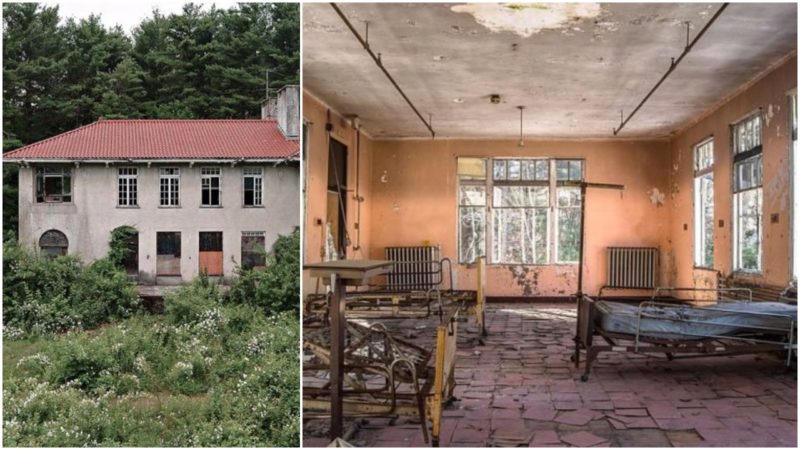Initially declared as a tuberculosis sanatorium and later a chronic care facility, this hospital is located in eastern Massachusetts in Plymouth County, itself a town with no more than 10,200 residents according to the 2010 census.
On May 31, 1919, the Cranberry Specialty Hospital was dedicated as Plymouth Hospital. The architecture design that adorns this hospital was nothing short of amazing and its main purpose was to provide modern treatment to tuberculosis stricken children.
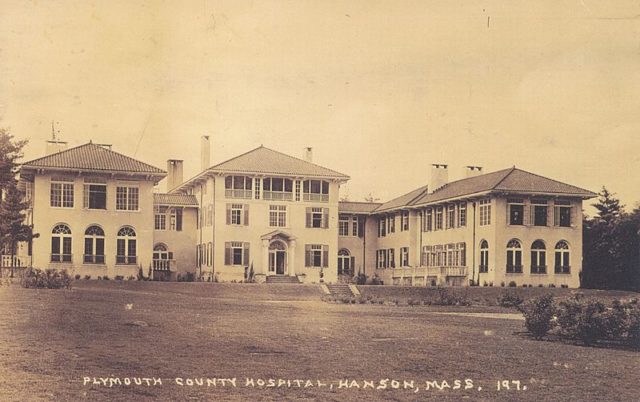
The design used for this hospital was known as Mediterranean Revival/Italianate architecture. A mixture of 19th-century and a more modern 20th-century architecture, one originating from Britain and the other itself bearing references from Spanish Renaissance, Spanish Colonial, Beaux-Arts, Italian Renaissance, and Venetian Gothic architecture.
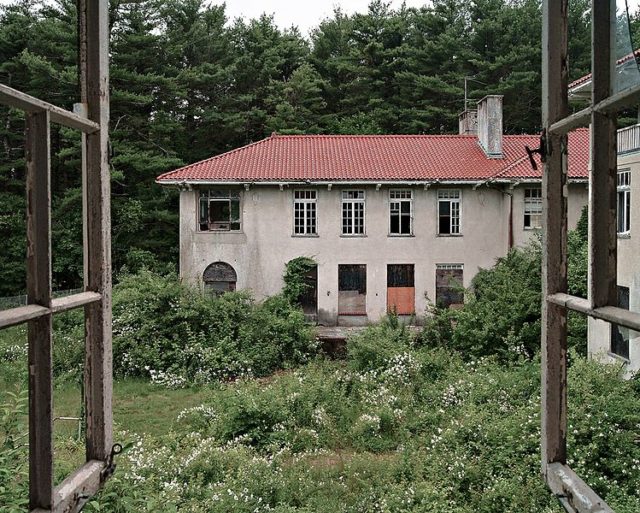
In its days it was among the first hospitals to feature a modern heating system, beyond anything that hospitals were using in those days. The Annexe joined the rest of the buildings in 1922. It included additional rooms and wards for patients, plus there was the auditorium for patients and employees to enjoy.
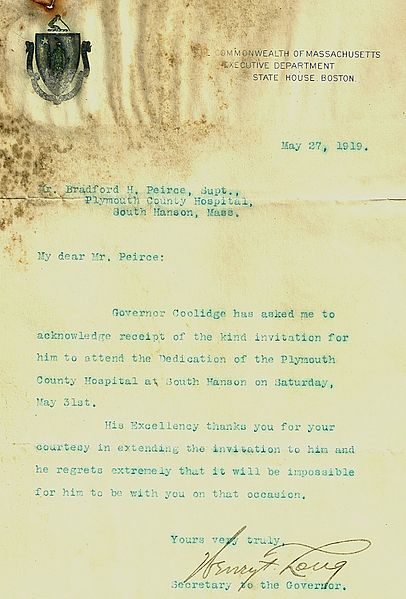
Naturally, the hospital was equipped with a large kitchen in order to satisfy the needs of its patients. Inevitably there was the morgue, in addition to a laboratory.
Years later in 1965 the hospital, under the watchful eye of the superintendent C. Clark Streeter, was repurposed from a tuberculosis sanatorium to a chronic care facility. Some years later in 1984 the hospital received its new name and was now called Cranberry Specialty Hospital of Plymouth County.
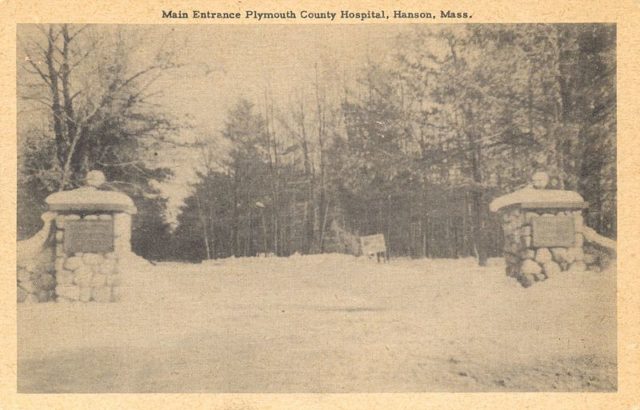
It was then that the hospital started to receive its first blows to its financial stability in addition to a lack of admission and inadequate treatment. The whole financial struggle proved to be too much for this now ageing and historical hospital and so in 1992 the hospital was closed and its inmates were transferred to Middleborough, Massachusetts, in a hospital that unfortunately itself would be closed in 2000.
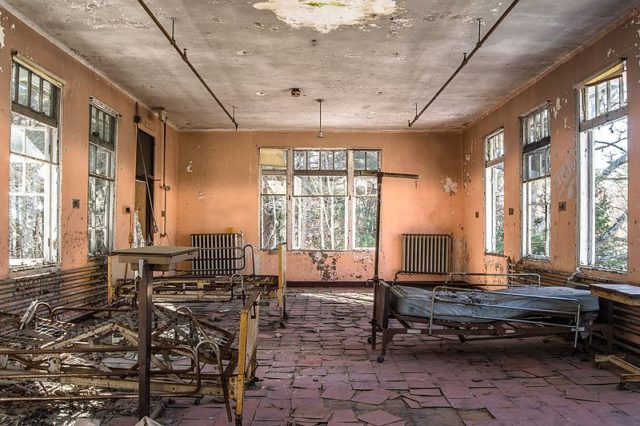
Much of the campus remained abandoned but the Annex has continued to be used, first by the Plymouth County Bureau of Criminal Investigation, then by the University of Massachusetts, next by the youth organization 4-H.
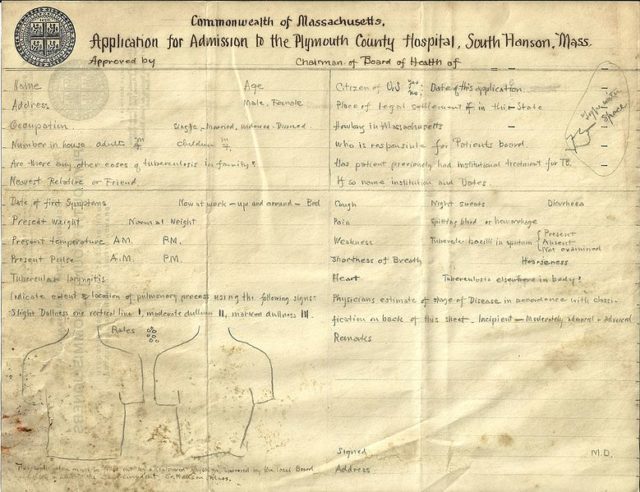
Currently, it serves as home to the Hanson Food Pantry. As years went on the rest of the property has fallen into a state of disrepair. Sensibly enough there were plans to renovate the large hospital building, but all of the plans fell apart when disastrous arson fires in the mid-2000s annihilated entire wards, the auditorium, the large kitchen, and nurses living area.
It was time to come up with a solution and a temporary one devised. The Town of Hanson erected a perimeter fence around the main building in 2009 in order to stop children, vandals, and urban explorers. The fence kept everyone outside the dangerous condemned buildings and the toxic levels of lead and asbestos.
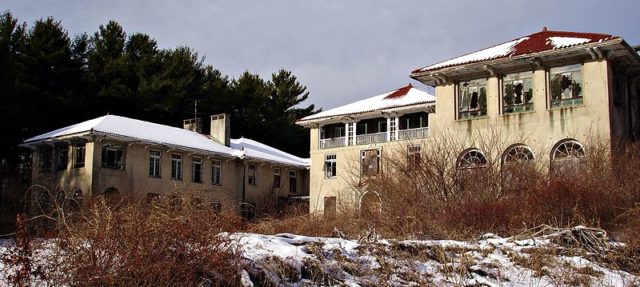
Those that managed to slip inside the fence and beyond the police patrol to get a glimpse of history up close were in for a shock. Visitors reported that what seems like a normal photo snap turned out to be a ghost hunt, for the photographs revealed unexplained light orbs.
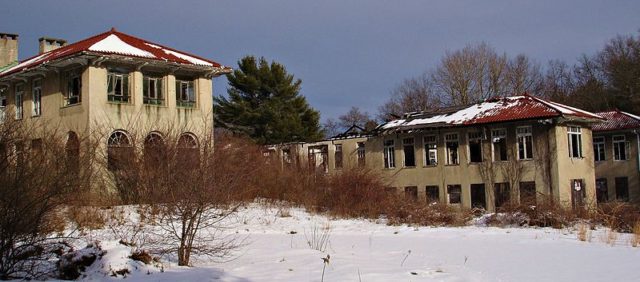
And if that wasn’t enough to scare the brave explorer, there were the sounds that apparently came from nowhere and felt like a distant cry. And for the bravest of them all, there were the unfamiliar, strange cold spots as if a ghost, itself a lost wanderer, was standing next to this urban warrior ready to carefully whisper “run”.
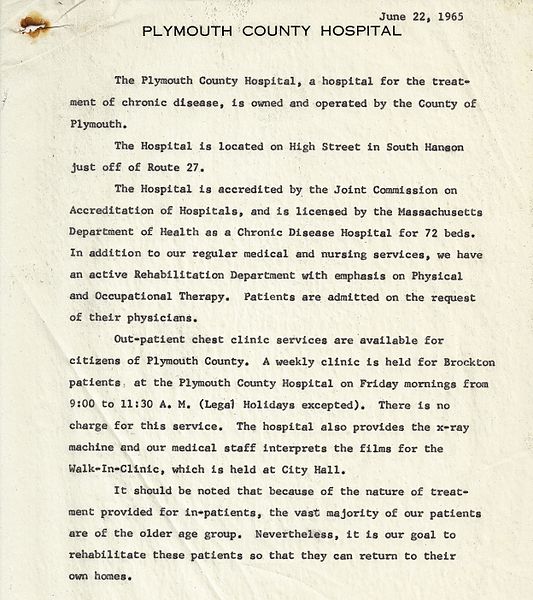
But it seems everything was far from over, for another fire lit the Hanson sky ablaze in 2016. And so the Town of Hanson appropriated the funds to demolish a large number of abandoned buildings on the grounds. One part of the demolition happened that same year when the far two right wings of the hospital were levelled with the ground.
The second part of the demolition started in January 2017.
